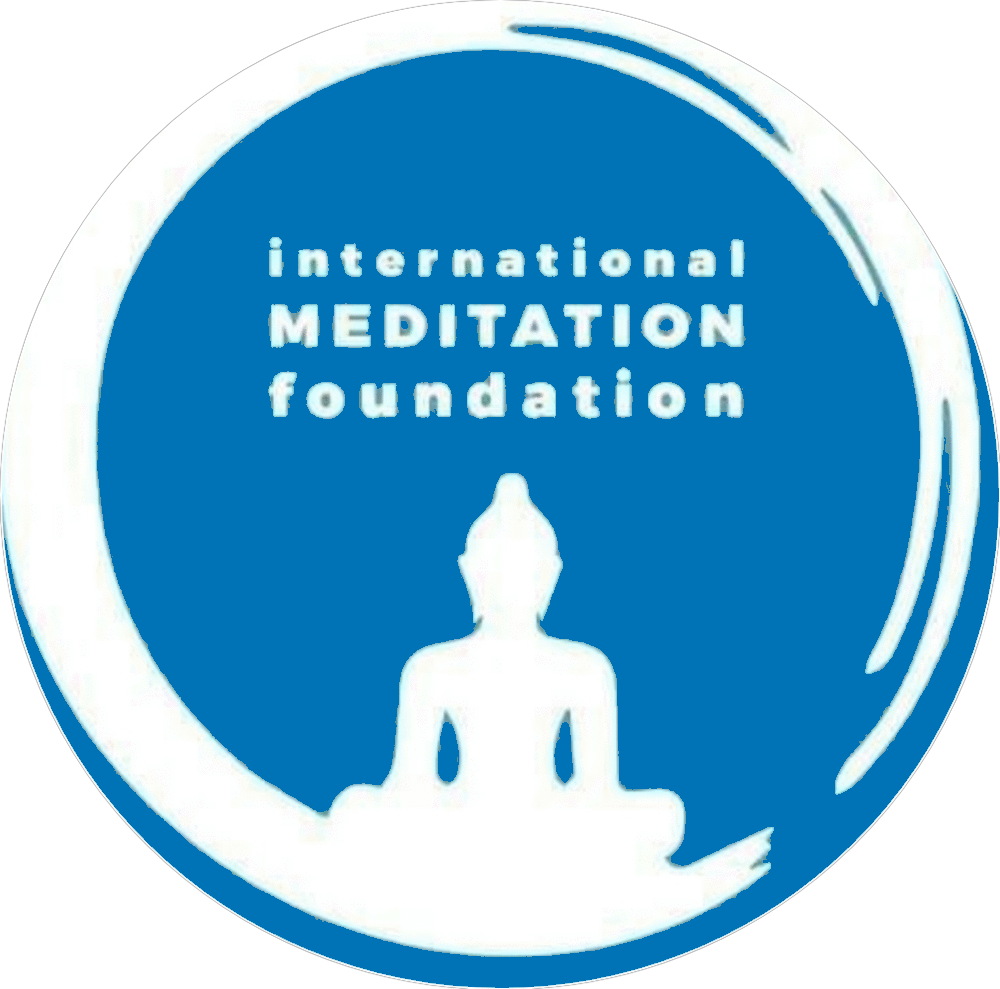Various subtle energy pathways in the body have been mapped out, understood, and used in particular ways in the yogic and meditative traditions for millennia. We intuitively know that all our body postures make their own unique statements, which radiate inwardly as well as outwardly. Nowadays, this goes by the term “body language.” We can use that language to read how other people feel about themselves because people are continuously broadcasting such information for anyone with a sensitive receiver to pick up. But in this case, we are speaking of the value of becoming sensitive to the language of one’s own body. That awareness can catalyze dramatic inner growth and transformation.
In the yogic traditions, this field of knowledge concerns certain positions of the body known as mudras. In a way, all postures are mudras: each makes a particular statement and has an energy associated with it. But mudras are usually referencing something more subtle than the posture of the entire body. Their focus is primarily on the positioning of the hands and feet.
If you go to a museum and carefully observe the Buddhist paintings and statues, you will quickly notice that in the hundreds of different depictions of meditation, whether sitting, standing, or lying down, the hands are in a range of different positions. During sitting meditation, hands rest on knees, palms down or up, fingers touching the ground. Hands rest in the lap, fingers interlaced, creating the “cosmic mudra” with gentle thumb-tips touching. Sometimes people place their fingers and palms together over the heart in the traditional Christian prayer posture. This same posture, in Eastern greeting, signifies a bow in recognition of the divinity within the other person. These hand mudras all embody different energies, which you can experiment with yourself in meditation.
Try sitting with your hands’ palms down on your knees. Notice the quality of self-containment here. To me, this posture speaks of not looking for anything more but simply digesting what is. Turn palms up mindfully; observe a shift in body energy during this simple gesture. To me, sitting this way embodies receptivity, an openness to what is above, to the energy of the heavens (the Chinese say: “As above, so below”). Sometimes I feel a strong impulse to open to energy from above. In challenging times, prioritize receptivity during meditation; it aids in navigating turmoil and confusion. This can be done simply by opening your palms to the heavens. It’s not that you are actively looking for something to magically help you. Open to higher insights during meditation, fostering receptivity to elevated energies, divine wisdom, and cosmic resonance.
All our hand postures represent mudras as they associate with subtle or not-so-subtle energies. Take the energy of the fist, for instance. When we get angry, our hands tend to close into fists. Some people unknowingly practice this mudra a lot in their lives. It waters the seeds of anger and violence within you every time you do it, and they respond by sprouting and growing stronger.
The next time you find yourself making fists out of anger, try to bring mindfulness to the inner attitude embodied in a fist. Feel the tension, the hatred, the anger, the aggression, and the fear that it contains. Then, amid your anger, as an experiment, if the person you are angry at is present, try opening your fists and placing the palms together over your heart in the prayer position right in front of him. Notice what happens to the anger and hurt as you hold this position for even a few moments. I find it virtually impossible to sustain my anger when I do this. It’s not that the anger may not be justified. It’s just that all sorts of other feelings come into play, which frames the anger energy and tames it – feelings like sympathy and compassion for the other person, and perhaps a greater understanding of the dance we are both in.
The dance of one thing inevitably leads to another, of the concatenation of consequences impersonally set in motion, the result of which can (mistakenly) be taken personally and lead to ignorance compounding ignorance, aggression compounding aggression, with no wisdom anywhere.
When Gandhi was assassinated at point-blank range, he put his palms together in this way toward his attacker, uttered his mantra, and died. Years of meditation and yoga practice, guided by his beloved Bhagavad Gita, had brought him to the point where he was able to bring the perspective of nonattachment to everything he was engaged in, including his very life. It allowed him to choose the attitude he would take in that very moment he was being robbed of life. He didn’t die angry or even surprised. He had known his life was in constant danger. But he had trained himself to march to the drumbeat of his growing vision of what constituted wise action. He had come to a point where he truly embodied compassion. He lived an unwavering commitment to both political and spiritual freedom. His well-being was of limited value in comparison. He was always putting it on the line.
TRY: Being aware of subtle emotional qualities you may be embodying at various times of the day, as well as during your sitting practice. Pay particular attention to your hands. Does their position make a difference? See if you don’t become more mindful by becoming more “bodyful.” As you practice being more in touch with your hands in sitting meditation, see if this doesn’t have an influence on the way you touch. Everything from opening a door to making love involves touch. It is possible to open a door so mindlessly that your hand doesn’t know what your body is doing and you hit yourself in the head with it. Imagine the challenge of touching another person without automaticity, with no gaining idea, just presence and caring.
